The Effectiveness of Public-Private Partnerships (PPPs) in Nigeria’s Infrastructural Development
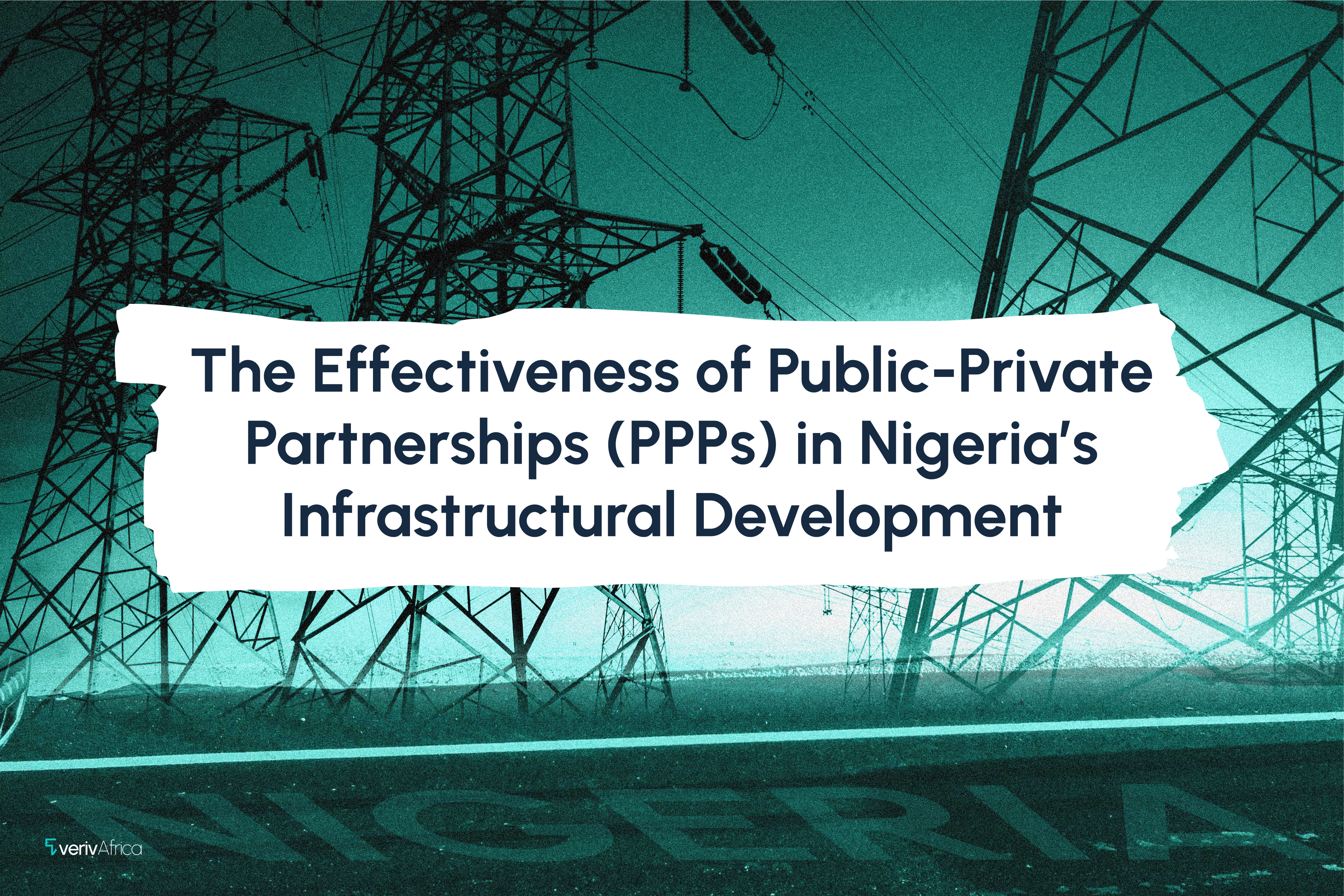
Public-private partnerships (PPPs) entail cooperation between all levels of government and businesses in the private sector. These collaborations aim to develop, finance, manage, and upkeep infrastructure projects that support societal demands like energy, water supply, transportation, and healthcare. PPPs are justifiable because they can improve service delivery, boost efficiency, and lessen the burden on public coffers.
Infrastructural Landscape in Nigeria
Nigeria, the most populous country and largest economy in Africa, has numerous infrastructure-related problems. There is a noticeable shortage in everything, from the state of the roads to the medical facilities and educational institutions. Nigeria's infrastructure deficiencies also include transportation, power, housing and urban development, telecommunication and ICT, and many more.
Developing countries such as Nigeria have experienced downtimes in infrastructural development attributed to project delays, budgetary constraints, and bureaucratic inefficiencies. These shortcomings lower the standard of living for millions of Nigerians, impede social advancement, and impede economic growth. This, among other issues, has highlighted the need to adopt the PPP model as a development tool by utilising the technical know-how and financial resources of private entities.
Why Infrastructural Development Matters
Economic development depends heavily on infrastructure, especially for planning, directing, and controlling infrastructure projects. Nigeria’s infrastructure development is essential to the country’s ability to grow economically, enhance quality of life, encourage social inclusion, and promote sustainable development. To realise Nigeria’s full potential and guarantee equitable development for all of its citizens, combined efforts from the public and private sectors, good governance, strategic planning, and investment in infrastructure projects across multiple sectors are needed. A perfect example will be the Build Operate and Transfer (BOT) of the MMA2 domestic terminal airport contractual agreement between FAAN Bi-Courtney Aviation Services.
Impact of PPPs on Economic Growth and Quality of Life
PPPs have great potential for completing infrastructure projects faster than conventional public sector methods. This is clear from the Nigerian power industry, where PPPs have helped increase the generation and distribution of electricity by investing in new infrastructure and enhancing operational efficiencies. When the private sector participates in PPPs, it usually contributes cutting-edge technology and creative methods that improve the standard and sustainability of infrastructure projects. The sharing of risks made possible by public-private sector collaboration frequently results in improved project management, cost-effectiveness, and on-time completion. Several challenges may impede the success of this partnership, such as economic uncertainty, changes in government, and low internally generated revenues. Another major constraint may be a weak regulatory framework, which could delay project initiation and execution. A lack of sustainable finance also hinders this partnership, as some private operators are burdened with high-interest-rate loan repayments.
However, there are several upsides to PPPs that should encourage their adoption, and they include:
Infrastructure delivery: PPPs have effectively completed large-scale infrastructure projects that have improved connectivity and stimulated the economy. A perfect example is the Lagos-Calabar Coastal highway contract between the federal government and Hitech Construction Africa.
Efficiency and Innovation: Partnering with the private sector in project management and operations will often increase efficiency and inventions. This includes implementing cutting-edge technologies and management techniques that enhance project outcomes and service delivery.
Employment Creation and Economic Impact: PPP projects create jobs in the construction, operation, and associated industries. They could also increase revenue, boost local development, and promote economic growth. Promoting PPPs in China was observed to have increased the nation’s tax revenue and national infrastructure investment.
Risk Sharing: PPPs ideally enable public and private partners to share risks according to their respective capacities, with each party taking on risks within their purview. This risk distribution may result in more cost-effective projects and better project management.
It is recommended that the government, lenders, investors, and all other parties involved in project development commit to providing practical and sustainable infrastructures that meet international best standards, such as that of China, despite the numerous obstacles to Nigeria’s infrastructure development. More private sector participation can be attracted by streamlining bureaucratic procedures and guaranteeing transparency in project selection and execution. Capacity-building programs for local businesses and the creation of financial instruments to support long-term investments are also critical to maintaining the momentum of PPPs. These measures would help improve the effectiveness of PPPs in Nigeria.
References
Adeshina, T., Alaje, C., Idaeho, R. (2021). Infrastructural development in Nigeria: Challenges for private sector participation and the way forward. Lagos: Jackson, Etti & Edu. https://jee.africa/wp-content/uploads/2021/01/Infrastructural-Development-in-Nigeria-Challenges-for-Private-Sector-Participation-and-the-Way-Forward.pdf
APM Group International. (2024). Efficiency and Effectiveness: PPP as a Potential Source of Higher Efficiency for Infrastructure Projects. https://ppp-certification.com/ppp-certification-guide/52-efficiency-and-effectiveness-ppp-potential-source-higher-efficiency
Asian Development Bank. Public-Private Partnership Handbook. https://www.adb.org/sites/default/files/institutional-document/31484/public-private-partnership.pdf .
Egidario B. A., Eziyi O. I., Paschal O. (2022, March). Challenges and Opportunities in Public-Private Partnerships (PPPs) for Housing Low-Income Earners in Nigeria. https://ppp.worldbank.org/public-private-partnership/sites/ppp.worldbank.org/files/2022-03/BOOK_CHAPTER_Challenges_and_Opportunities_in_Public-_Private_Partnerships_PPPs.pdf
Federal ministry of finance, budget, and national planning. (2020, October). National integrated infrastructure master plan. https://ngfrepository.org.ng:8443/bitstream/123456789/2776/1/final%20EDITED%20VERSION%20OF%20NIIMP%20-%2012th%20Jan.%202021.pdf
Hua Tan. (2018, September). China PPP Overview. World Bank Changsha Municipal Financing and PPP Study. https://www.unescap.org/sites/default/files/2.%20Hua%20Tan%20presentation%202018-09-12.pdf
Infrastructure Concession Regulatory Commission. (2014, July). Public-private partnership projects pipeline. Price Waterhouse Cooper. https://www.pwc.com/ng/en/assets/pdf/4th-ppp-forum-publication-ppp-project-list-july-2014.pdf.
Infrastructure Concession Regulatory Commission. (2024). PPP, Public-Private partnership. https://www.icrc.gov.ng/ppp/
Itu, M. I., Kenigua, W.E. (2021). The role of public-private partnership (PPP) on infrastructural development in Nigeria. Journal of Global Social Sciences, 2(5), 23-43. https://www.researchgate.net/publication/361741210_THE_ROLE_OF_PUBLIC-PRIVATE_PARTNERSHIP_PPP_ON_INFRASTRUCTURAL_DEVELOPMENT_IN_NIGERIA
Mairura, Joel. (2024). Nigeria’s Mega Project: $2 Billion Lagos-Calabar Coastal Highway Project Takes Shape as Expected Completion Time is Announced. Construction review. https://constructionreviewonline.com/construction-projects/nigerias-mega-project-2-billion-lagos-calabar-coastal-highway-project-takes-shape-as-expected-completion-time-is-announced/
Olatunji Fadeyi, A. A. (2016). Assessment of Public-Private Partnership on Infrastructural Development in Nigeria: Challenges and Prospects. 3rd International Conference on African Development Issues, 222- 226.
Rybnicek, R., Plakolm, J., Baumgartner, L. (2020, April). Risks in Public–Private Partnerships: A Systematic Literature Review of Risk Factors, Their Impact and Risk Mitigation Strategies. Public Performance & Management Review. https://www.tandfonline.com/doi/full/10.1080/15309576.2020.1741406
Team, T. i. (2024, June 06). Public-Private Partnerships (PPPs): Definition, How They Work, and Examples. Retrieved from Investopedia: https://www.investopedia.com/terms/p/public-private-partnerships.asp#:~:text=What%20Are%20Public%2DPrivate%20Partnerships,%2C%20parks%2C%20and%20convention%20centers
World Bank Group. (2024). Nigeria; Overview. https://www.worldbank.org/en/country/nigeria/overview
World Bank Data Bank. (2024). World development indicators; public-private partnership investment in energy 2020 data. https://databank.worldbank.org/source/world-development-indicators
Similar Insights
View All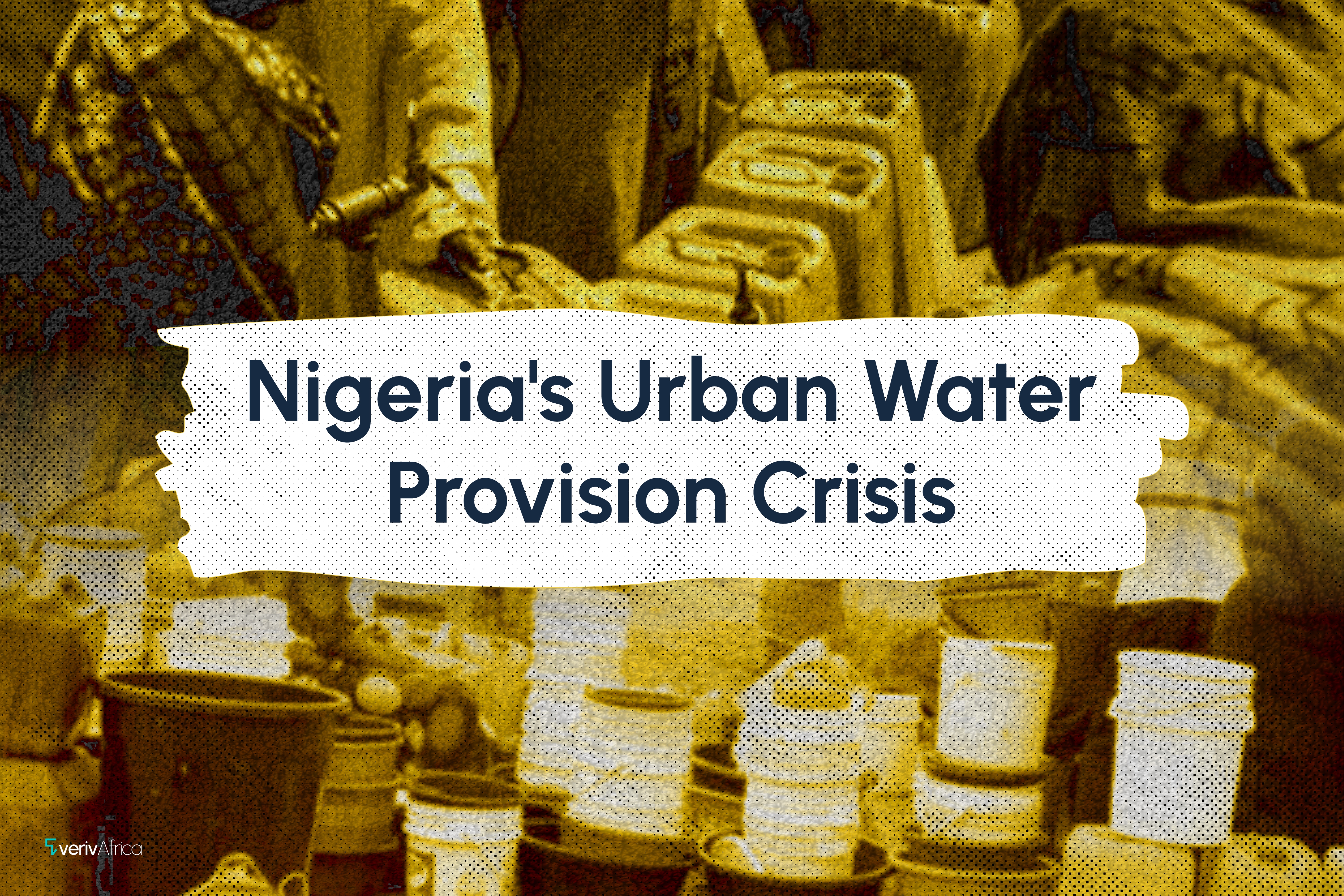
Nigeria's Urban Water Provision Crisis
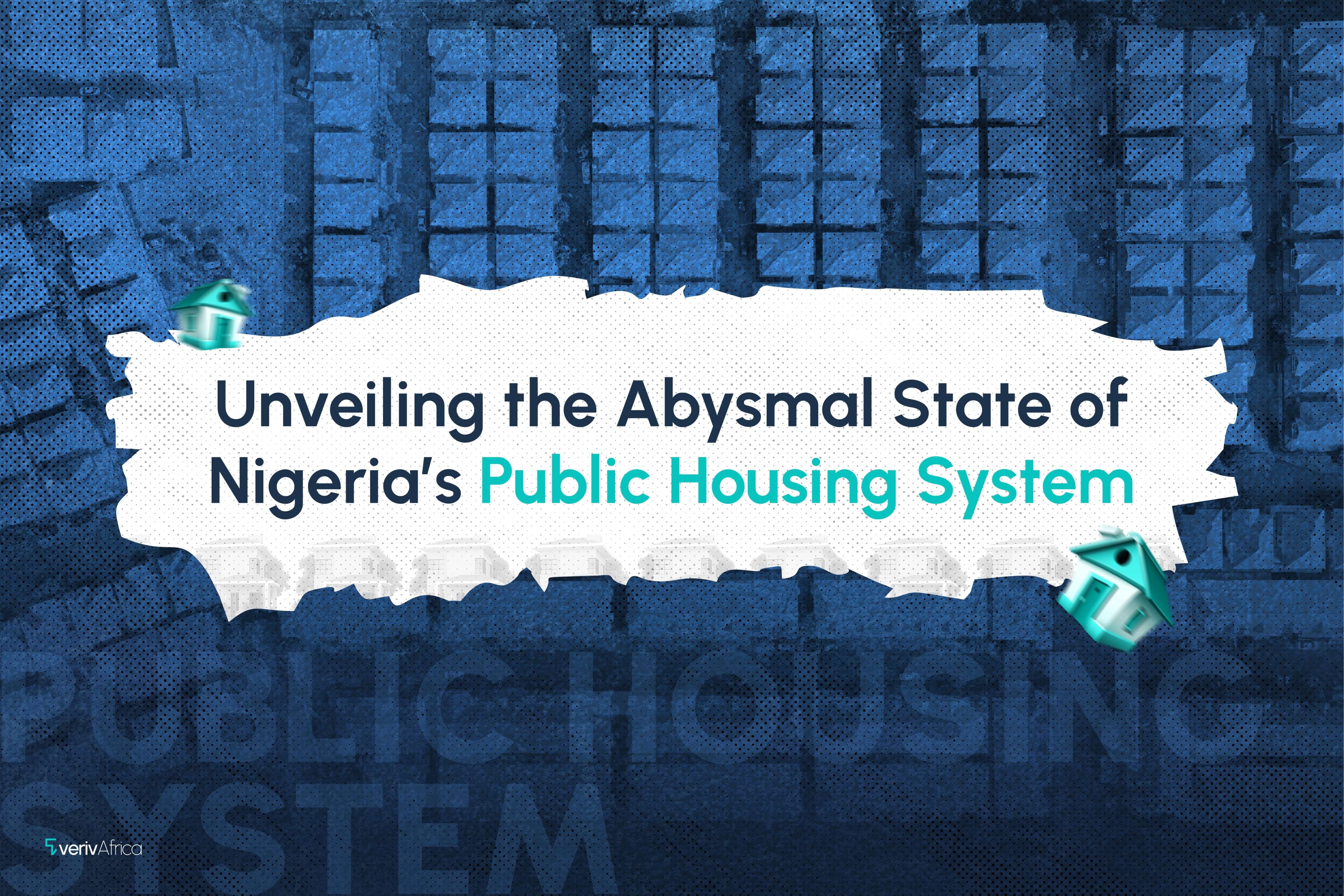
Unveiling the Abysmal State of Nigeria’s Public Housing System
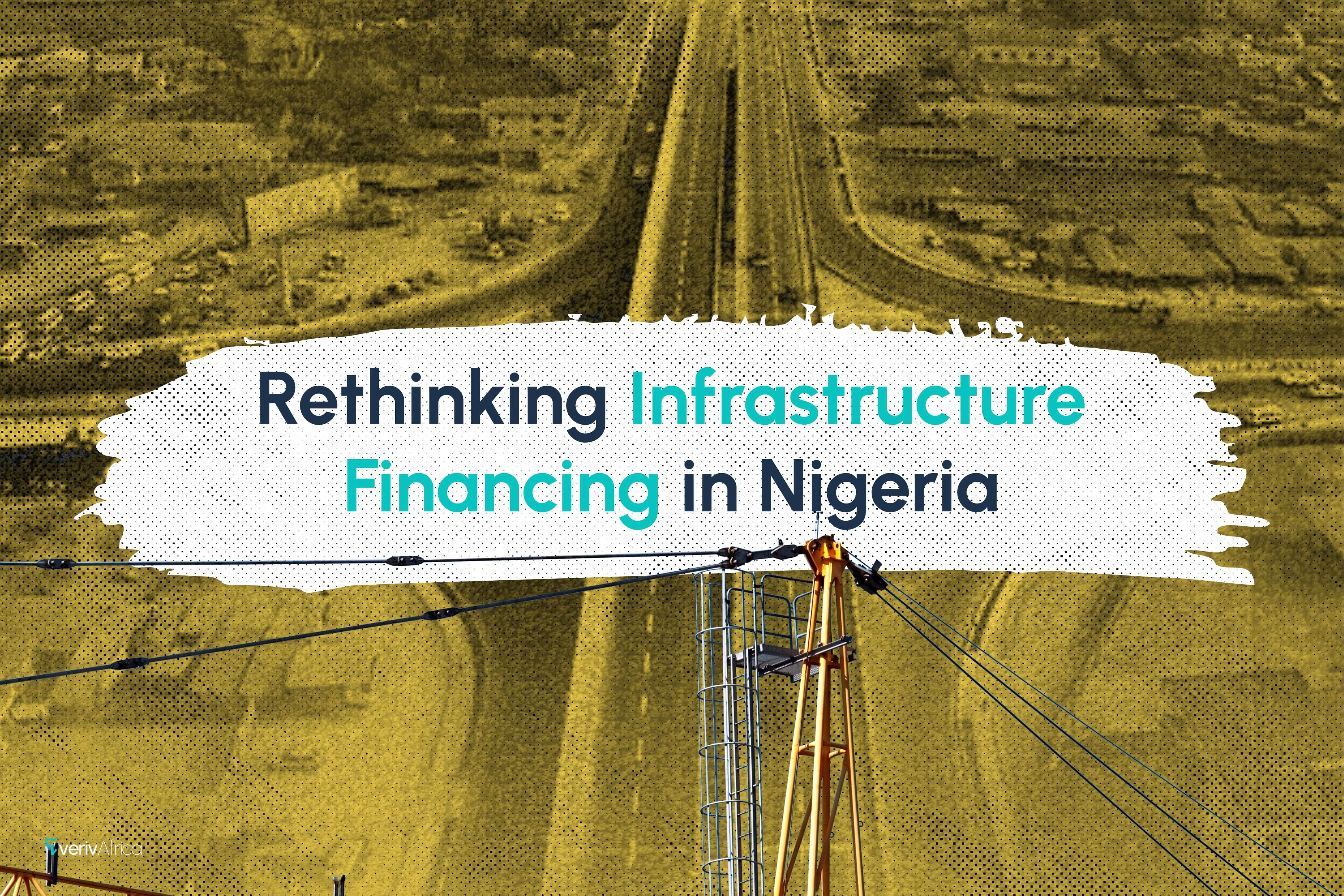
Rethinking Infrastructure Financing in Nigeria

Gender Bias in Housing Access
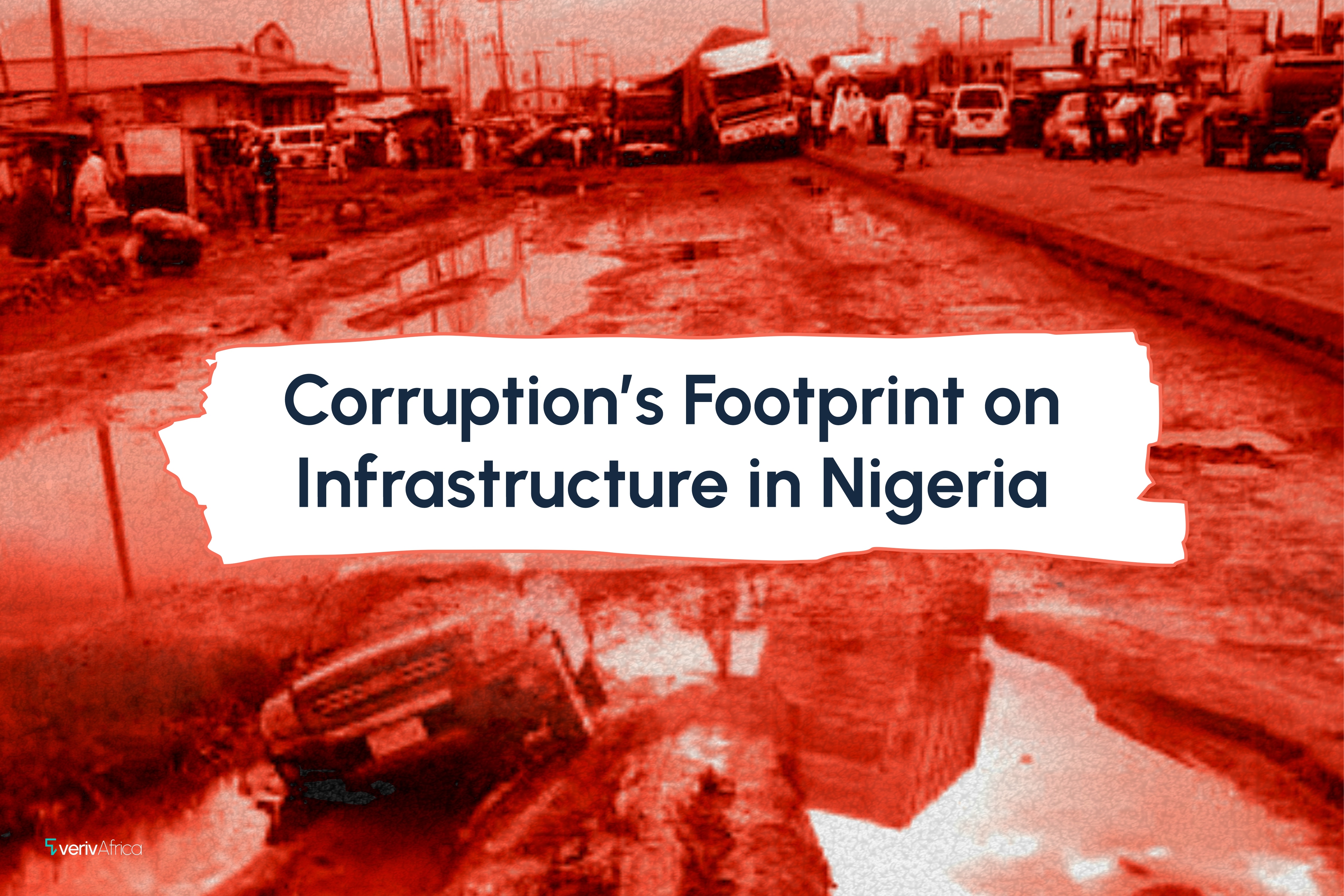
Corruption’s Footprint on Infrastructure in Nigeria
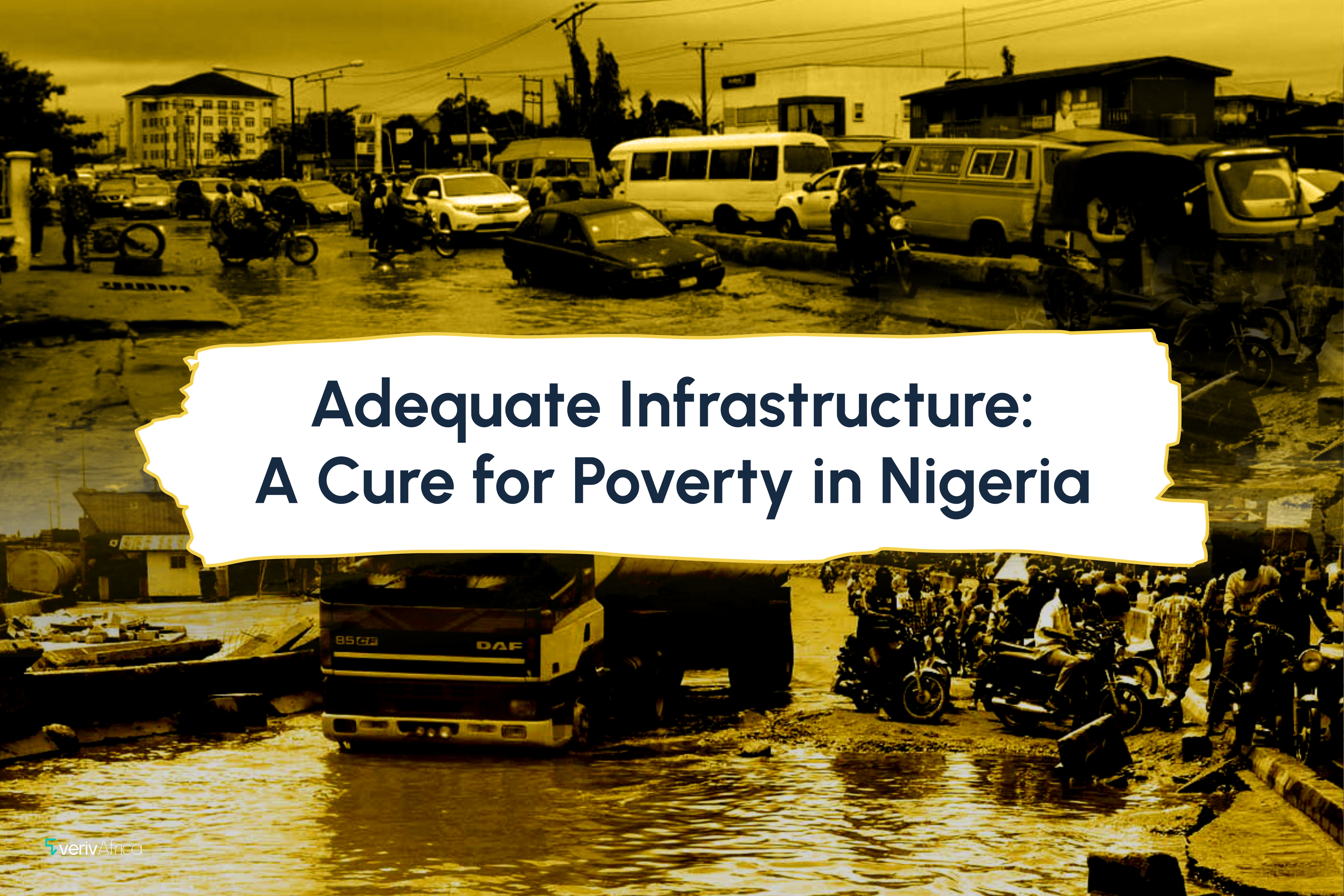
Adequate Infrastructure: A Cure for Poverty in Nigeria
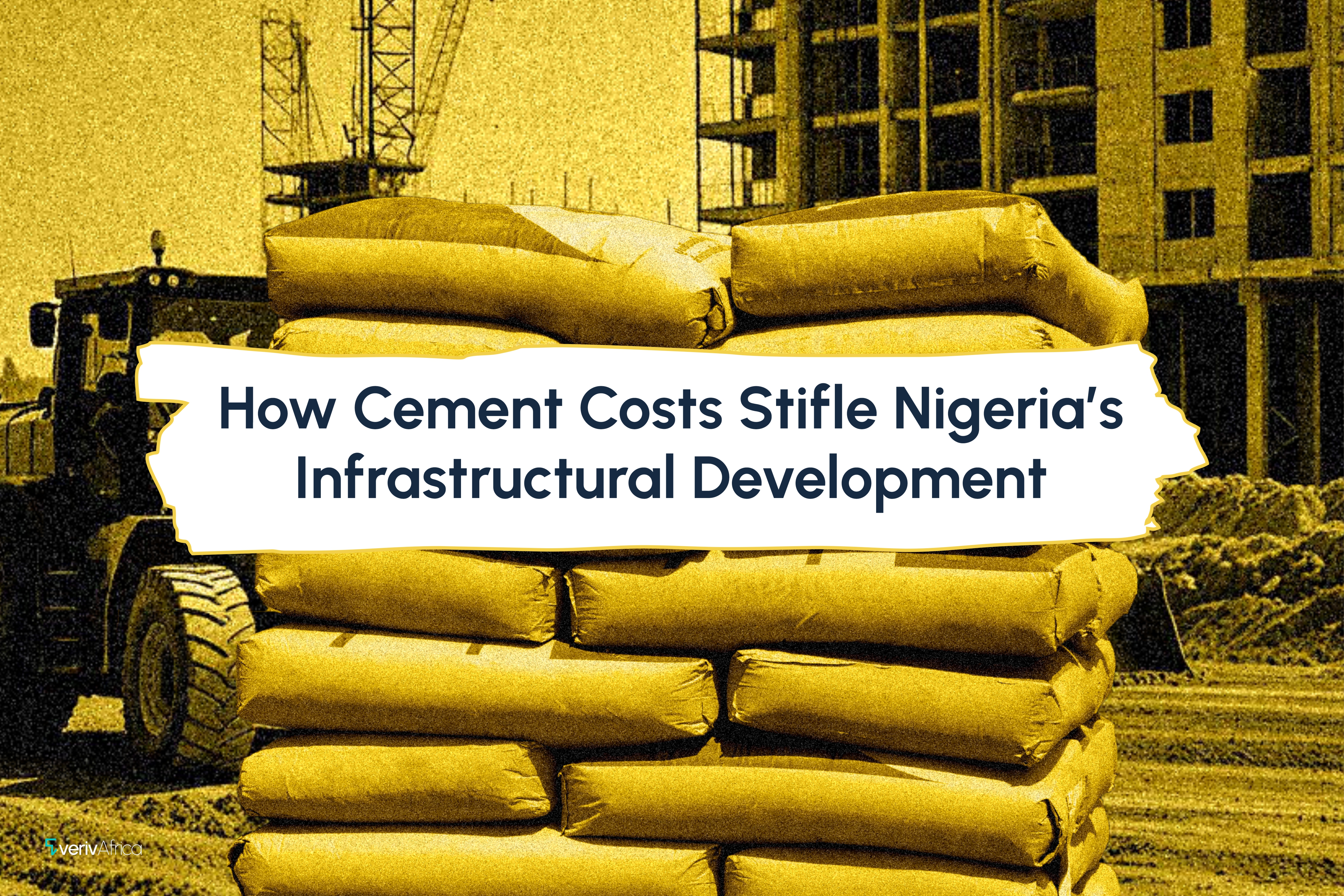
How Cement Costs Stifle Nigeria’s Infrastructural Development

Cholera: Strengthening Nigeria’s Health System to Manage Disease Outbreaks
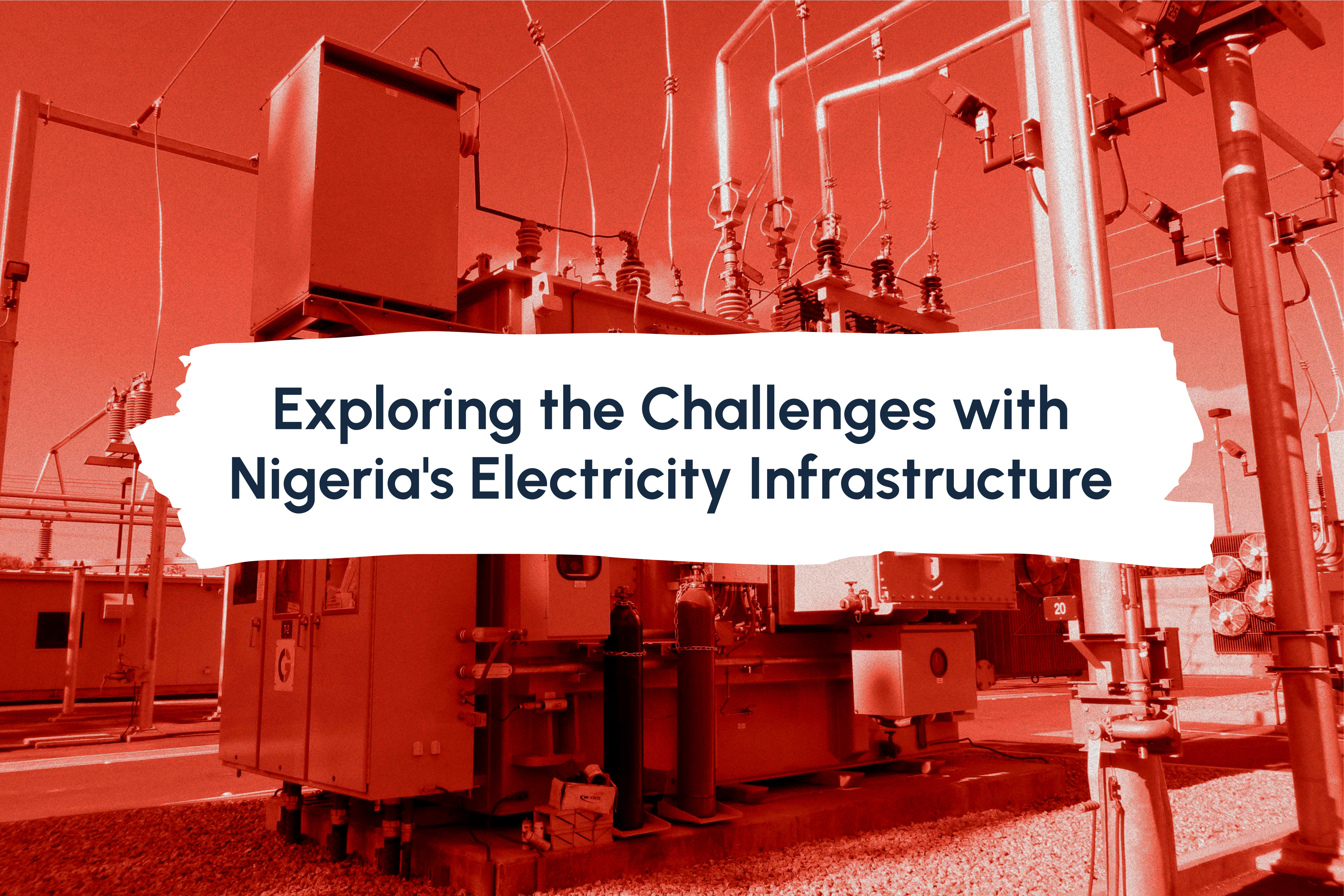
Exploring the Challenges with Nigeria's Electricity Infrastructure

Infrastructure Development: The Backbone of Efficient Urbanisation
Don't miss out!
Our subscribers receive firsthand updates on our recent content. We hope you become one, too.
It's free, so why not?

